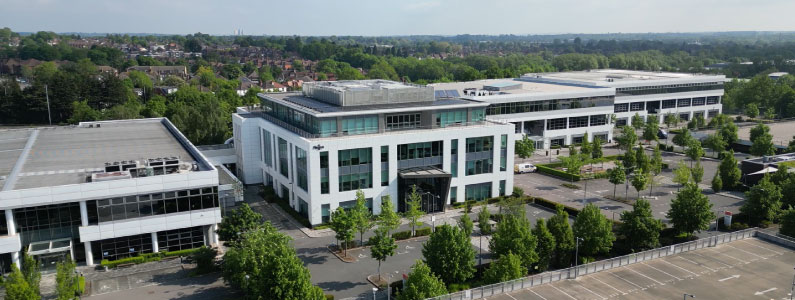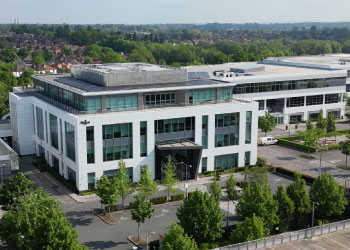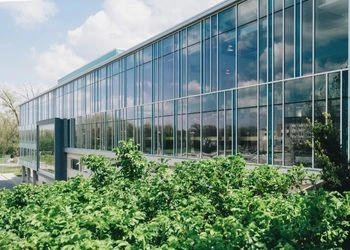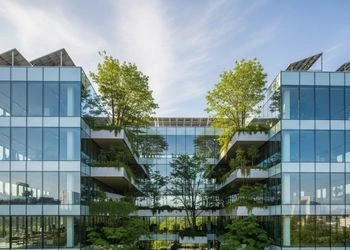Optimising Facilities Maintenance for 2024

How to Maximise Facilities Maintenance Value
The New Year presents a fresh chance to evaluate business operations and optimise for efficiency and cost savings. Rising energy prices and tightened statutory compliance obligations are on the minds of business owners across all sectors. Shifting approach and optimising facilities maintenance presents a range of easy gains for businesses – with opportunities to meet sustainable objectives, boost productivity and mitigate expenses.
Develop a 2024 Facilities Maintenance Strategy
Digital transformation stands to alter and advance traditional maintenance approaches. Facilities managers are faced with determining a balance between predictive, preventative and reactive maintenance. With live building monitoring technologies and advanced Condition – Based Maintenance (CBM) processes, building owners and business managers need to balance asset hegemony and maintenance type to maximise value.
Types of Maintenance
When it comes to key equipment, run-to-failure maintenance presents real issues. These include costly operational downtime, which leads to lost productivity, supply chain issues and financial losses.
However, when devising a maintenance strategy for 2024, the best approach is to first evaluate the status of equipment. The importance of the equipment within your organisation and the impact of failure will guide the maintenance approach. The ultimate maintenance plan will inevitably include a blended outlook of reactive, planned preventative maintenance (PPM), condition-based maintenance and predictive maintenance.
Reactive Maintenance
This is when maintenance interventions only take place after the equipment has broken or failed. In some cases, this can result in disruption, delays and financial losses – and immediate resolution is not always possible while maintenance professionals wait for spare parts. There is also potential impact on equipment safety, efficiency and overall lifespan.
An overall reactive maintenance approach is undesirable. However, the realistic and cost-effective solution is to react to issues that arise with non-critical assets where these do not create an unworkable burden on the organisation.
Planned Preventative Maintenance (PPM)
This approach prevents breakdown through maintenance at time and use intervals. This is often guided by Operating and Maintenance Manuals (O&Ms), best practice and regulatory measures. The result is timetabled maintenance. This provides simplified maintenance management and reduced chance of breakdowns, issues and operational disruptions.
PPM has many benefits over reactive maintenance – especially when implemented by facilities maintenance professionals. However, this is not a flawless maintenance method. Certain factors and conditions have the potential to lead to unforeseen issues – such as weather and atmospheric conditions. This can lead to downtime and disruptions.
Condition-Based Maintenance (CBM)
Remote, live building monitoring has become more accessible in recent years. This system uses data collected by IoT sensors to alert maintenance personnel on unusual metrics such as temperature, vibration, noise. These indicate maintenance issues as they arise. This creates powerful, responsive abilities for maintenance teams.
Leak detection, vacant building monitoring and server rooms are good examples of areas where undetected issues can lead to widespread expense and damage. They are also good use cases for condition-based maintenance insights – giving maintenance teams the ability to intervene before managers are even aware of the issues. This has the potential to prevent widespread structural damage, lengthy disruptions and extensive costs.
Predictive Maintenance
CBM presents exciting opportunities for powerful predictive maintenance processes. The collection of data over time makes for more intuitive interventions. The use of digital twins and building information modelling adds a level of precision that holds advantages for energy and resource management and efficiency.
Understanding risk and impact for facilities maintenance strategies
The blend of maintenance approaches should be guided by risk and impact. The following questions help to create a roadmap for the application of reactive, PPM, CBM, or predictive maintenance. Does compliance define the maintenance process in question? Does the maintenance involve business-critical equipment? Would a more advanced maintenance approach achieve benefits that affect energy consumption, productivity and outputs and improve profitability.
By looking at these points, you’ll have a clearer picture of areas that may require a maintenance overhaul. The benefits could include:
- Streamlined compliance processes and reporting
- Improved operational efficiencies
- Enhanced energy efficiency and resource utilisation
- Improved productivity, equipment availability and workplace flexibility
- Boosted health, safety and wellbeing
- Futureproofed processes
Partner With Voltix Services For Tailored 2024 Facilities Maintenance Strategies
Contact Voltix Services today. Our directly-employed engineers combine experience and expertise to advise on the most robust, thorough maintenance protocols for your business. From specific goals like improved energy management and efficiency to whole-operations maintenance optimisation, let’s work together to tap into savings potential and concentrate on continuity in 2024.




